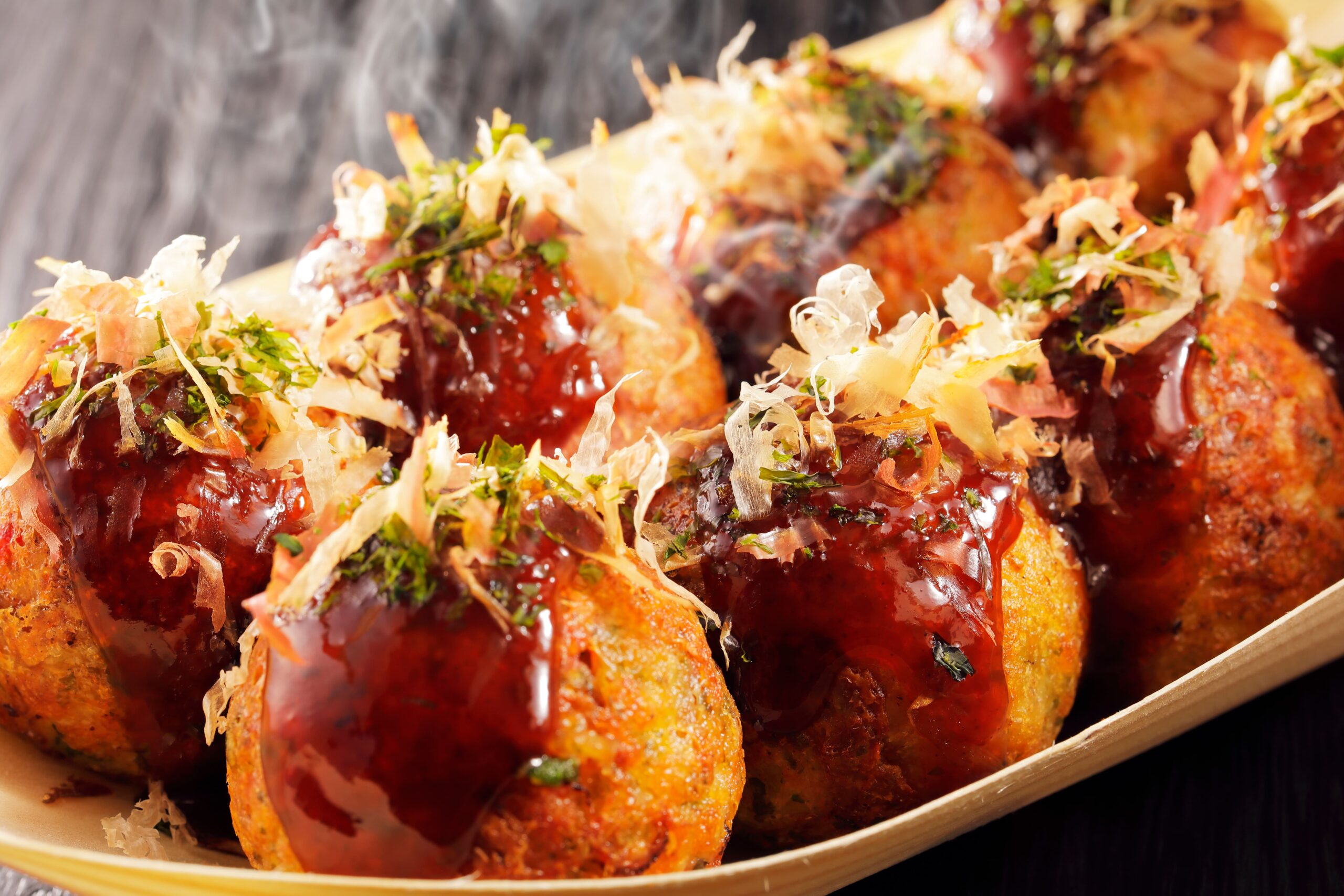
Osaka has flourished as a key water transportation hub since ancient times, and has functioned as a political and economic center. Ishiyama Honganji Temple was built in the Middle Ages, and Osaka Castle was built in the era of Toyotomi Hideyoshi, further prospering as a castle town. During the Edo period, it was called the ``nation's kitchen'' and developed as a commercial city where goods from all over the country were gathered.
Even after the Meiji Restoration, modern industries such as spinning and heavy industry flourished, driving Japan's economy and establishing itself as Japan's second-largest economic city after Tokyo, with skyscrapers and commercial facilities lining the streets. I'm here.
In recent years, it has also become more popular with foreign tourists, with more than 12 million foreign tourists visiting in 2019. In addition to historical buildings such as Osaka Castle and Tsutenkaku, theme parks such as Universal Studios Japan (USJ) are also gaining popularity.
When you think of Osaka, many people probably think of comedy. Comedy culture has long been rooted in Osaka among the common people, as exemplified by Yoshimoto Kogyo. The people of Osaka like to communicate with humor, and the unique Osaka dialect has a friendliness and warmth to it.
An essential part of talking about Osaka's food culture are the many dishes that use flour as the main ingredient, called ``konamon.'' Takoyaki and okonomiyaki are beloved both domestically and internationally as Osaka's signature soul food.
Also, because it faces the sea, you can enjoy fresh seafood. You can enjoy seafood in a variety of ways, including historic sushi restaurants that have been around since the Edo period and seafood restaurants where you can enjoy freshly caught seafood on the spot.
Osaka has flourished as a key water transportation hub since ancient times, and has functioned as a political and economic center. Ishiyama Honganji Temple was built in the Middle Ages, and Osaka Castle was built in the era of Toyotomi Hideyoshi, further prospering as a castle town. During the Edo period, it was called the ``nation's kitchen'' and developed as a commercial city where goods from all over the country were gathered.
Even after the Meiji Restoration, modern industries such as spinning and heavy industry flourished, driving Japan's economy and establishing itself as Japan's second-largest economic city after Tokyo, with skyscrapers and commercial facilities lining the streets. I'm here.
In recent years, it has also become more popular with foreign tourists, with more than 12 million foreign tourists visiting in 2019. In addition to historical buildings such as Osaka Castle and Tsutenkaku, theme parks such as Universal Studios Japan (USJ) are also gaining popularity.
When you think of Osaka, many people probably think of comedy. Comedy culture has long been rooted in Osaka among the common people, as exemplified by Yoshimoto Kogyo. The people of Osaka like to communicate with humor, and the unique Osaka dialect has a friendliness and warmth to it.
An essential part of talking about Osaka's food culture are the many dishes that use flour as the main ingredient, called ``konamon.'' Takoyaki and okonomiyaki are beloved both domestically and internationally as Osaka's signature soul food.
Also, because it faces the sea, you can enjoy fresh seafood. You can enjoy seafood in a variety of ways, including historic sushi restaurants that have been around since the Edo period and seafood restaurants where you can enjoy freshly caught seafood on the spot.
There are some off-market properties through us.
Let us know what type of properties you are looking for !